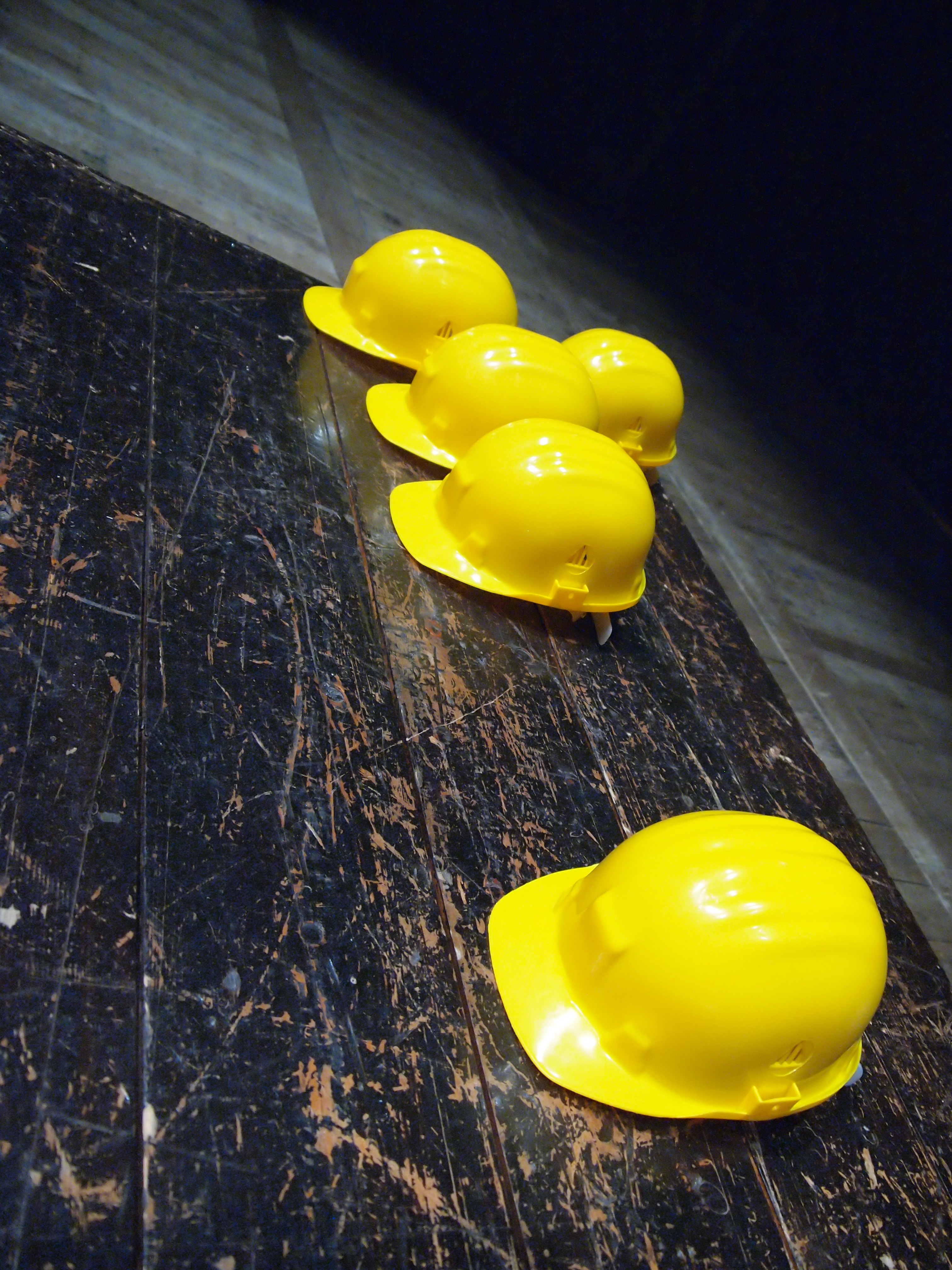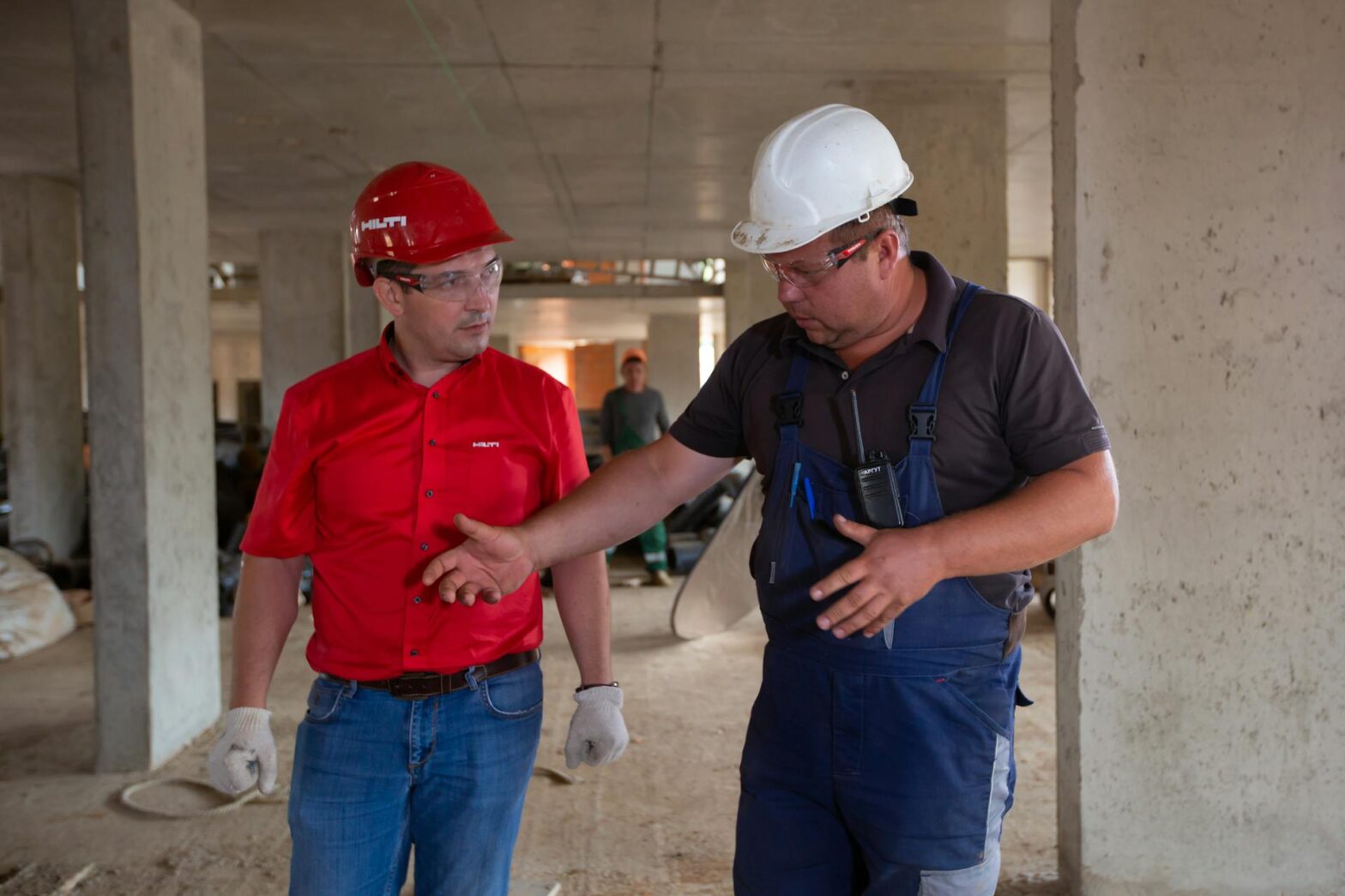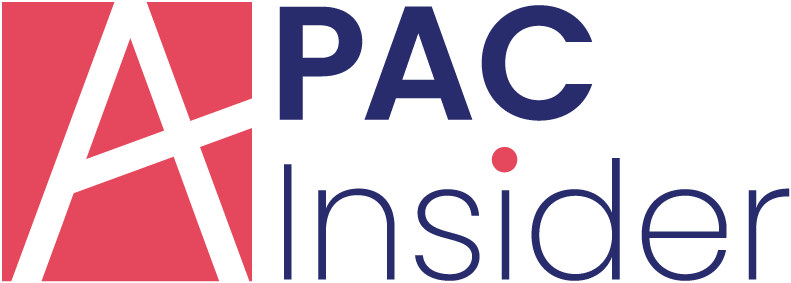The construction industry has always been about muscle, timing, and a kind of boots-on-the-ground grit that can’t be faked. But lately, something’s shifting. A lot of business owners are realizing that no matter how strong their crews are or how long they’ve been in the game, they’re still getting left behind. Jobs go over budget. Crews show up late or not at all. Clients demand updates faster than anyone can deliver them. It’s not that people stopped working hard—it’s that the business changed, and too many owners are still trying to run things like it’s 1999.
If you’re running a construction business and finding it harder to keep up—even when you’re putting in long days and doing everything you used to—there’s a reason for that. And the solution isn’t another pep talk or a reminder to hustle harder. It’s about rewiring the way you run your operation, and yes, that means leaning into things you might’ve avoided up till now. But the results? They can be the difference between staying stuck and finally running a business that doesn’t eat you alive.
Old Habits Are Sinking Good Businesses
Let’s talk about the old ways. Not just the spreadsheets and whiteboards, but the habits that come with them. You write down a bid in a hurry and lose track of the margins. You guess how many people you’ll need on site next Thursday, and then you’re short when it counts. You’re doing math in your head when you should be managing your team.
It’s nobody’s fault. Most owners started with a truck, a toolbox, and the drive to build something from scratch. That kind of grit is the backbone of the whole industry. But grit alone doesn’t scale. And when the job gets bigger, or the expectations rise, or clients want everything faster, you can’t run your crew the way you did when it was just three guys and a clipboard. You need better systems. Better tracking. Better tools. Even something as simple as site planning software can take a chaotic project and turn it into something that actually runs on time. It doesn’t make you soft. It makes you smart.
Your Office Needs a Hard Hat Too
There’s a weird divide in construction between what happens in the field and what happens in the office. Crews are out there hauling rebar, pouring concrete, solving problems on the fly—but the back-end systems? They’re usually outdated, clunky, or just plain missing.
If you’ve ever found yourself chasing down invoices that got buried under a pile of submittals, or if you’ve lost track of which team is working which job because someone forgot to update the whiteboard, then you already know how bad it can get. This is where the right digital tools come in—and not just any tool, but something made for your industry.
That’s where electrical contractor software starts pulling its weight. It’s not just a fancy upgrade. It’s a lifeline for teams trying to juggle deadlines, compliance issues, labor tracking, and equipment all at once. You get real-time updates. You can see what’s happening on a job site even if you’re across town. You stop guessing, and you start knowing—what’s delayed, what’s done, and what needs your attention today.
The best part? You get time back. And when you’re not buried in paperwork or stuck making five calls to find one piece of information, you can finally start working on your business, not just in it.
Stop Letting Leads Slip Through Your Hands
One of the biggest frustrations for construction business owners isn’t just slow jobs or budget overages. It’s losing work before the first hammer even swings. You meet someone at a networking event, they seem interested, and then—nothing. The lead fades. The deal disappears.
It’s not that the opportunity wasn’t real. It’s that you didn’t have a way to follow up fast or keep track of who was interested. And in this market, if you’re not first, you’re forgotten.
That’s why investing in the best CRM for electrical contractors is more than just a nice-to-have. It gives you a clear pipeline. You know who you talked to, what they needed, when to follow up, and how to close. It’s like having a digital assistant who never forgets a name, a number, or a deadline. When you’re juggling ten jobs, three estimates, and a flood of new inquiries, that kind of system is the difference between growing and drowning.
Hiring Hurts Less When You Do This
Every contractor you talk to will tell you the same thing—finding good help is like digging through concrete with a spoon. Skilled labor is harder to come by, and training takes time you barely have. But what if hiring wasn’t about finding that one perfect unicorn worker? What if it was about building a repeatable process where decent workers become great through training that actually works?
Companies that are thriving right now aren’t necessarily paying more—they’re just creating a smoother pipeline for hiring, onboarding, and promoting from within. When you’ve got a system, new hires don’t fall through the cracks. And when you track performance, show a path to more responsibility, and reward consistency, people stay. That kind of culture doesn’t cost you more. It saves you thousands in rework, turnover, and wasted time.
It’s Not Just About Tools—It’s About Trusting Them
It’s easy to think technology is for the big guys with 200 trucks and a marketing department. But if you’re a smaller operation—or even just a few steps past solo—you might need the help even more. The time you save, the mistakes you avoid, and the trust you build with your crew and your clients will pay you back every single day.
None of this is about becoming something you’re not. It’s about making the business you already built stronger. More stable. Easier to run. You don’t have to change everything overnight. But you do have to stop clinging to what’s comfortable just because it worked once. The job is changing. The pressure is growing. But the right systems make it all manageable—and give you the room to breathe, think, and finally lead.
Because at the end of the day, you didn’t start this business to run yourself into the ground. You started it to build something that lasts. Let’s make sure you still can.



























